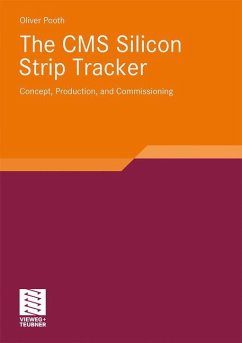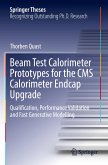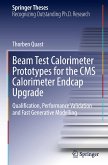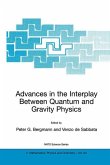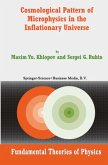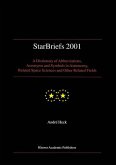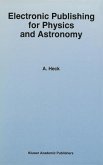With the start of the Large Hadron Collider LHC at CERN near Geneva, Switzerland, and the huge detectors along this particle accelerator, the largest high energy physics experiments ever are underway. One of the experiments is the CMS detector (Compact Muon Solenoid). With this experiment over 3,000 scientists and engineers worldwide will search for answers to fundamental questions in high energy physics.
Oliver Pooth describes the silicon strip tracker of the CMS detector. With a sensitive silicon area of 200 m² it is a central part of the experiment and able to precisely measure charged particles originating from high energy proton collisions at the LHC. In total, more than 15,000 individual silicon strip detector modules were built and tested before they were integrated on larger substructures of the silicon strip tracker. The author discusses methods of quality control that are new to the field of particle detector physics. These methods were established to guarantee a uniform behaviour of all detector modules which were built and tested in various places worldwide. After integration into the CMS experiment and commissioning, the silicon strip tracker is now ready to operate for at least ten years of LHC running.
Hinweis: Dieser Artikel kann nur an eine deutsche Lieferadresse ausgeliefert werden.
Oliver Pooth describes the silicon strip tracker of the CMS detector. With a sensitive silicon area of 200 m² it is a central part of the experiment and able to precisely measure charged particles originating from high energy proton collisions at the LHC. In total, more than 15,000 individual silicon strip detector modules were built and tested before they were integrated on larger substructures of the silicon strip tracker. The author discusses methods of quality control that are new to the field of particle detector physics. These methods were established to guarantee a uniform behaviour of all detector modules which were built and tested in various places worldwide. After integration into the CMS experiment and commissioning, the silicon strip tracker is now ready to operate for at least ten years of LHC running.
Hinweis: Dieser Artikel kann nur an eine deutsche Lieferadresse ausgeliefert werden.

